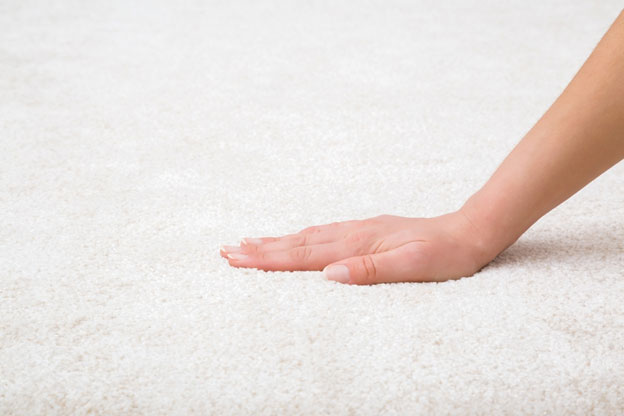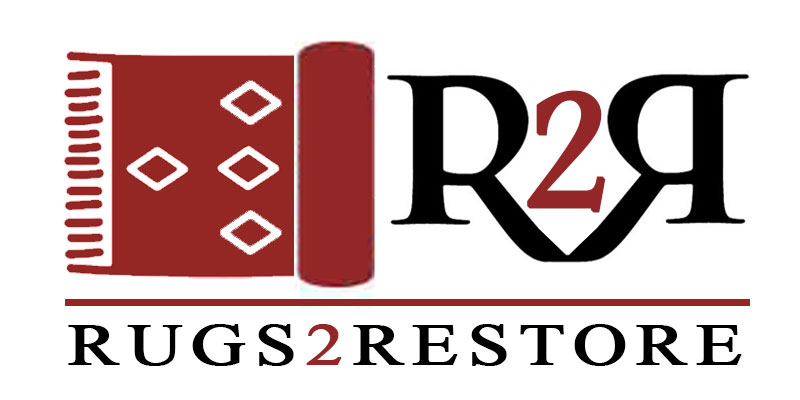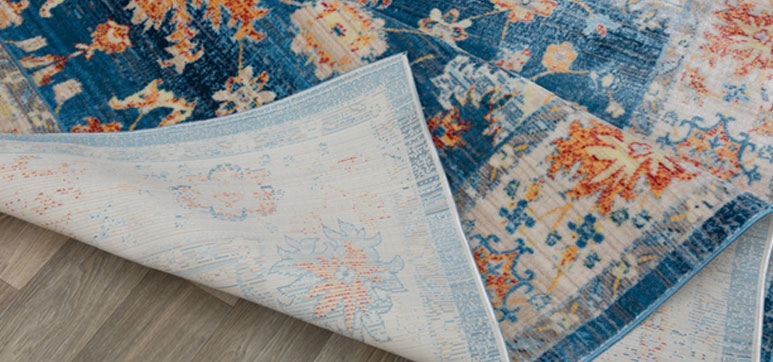Are you curious about how much your rugs are worth? Perhaps you inherited a rug from your grandparents, or maybe you’ve invested in some beautiful pieces for your home, and you want to know their value. Rugs can hold a lot of sentimental value, cultural significance, and even financial value, so it’s essential to understand the value of your rugs through rug valuation.
Rug valuation can seem like a complex process, but it’s important to know the factors that affect the value of your rugs. Each of these factors can significantly impact the rug’s value, and it’s essential to consider all of them for accurate rug valuation.
In this article, we’ll guide you through the process of Persian rugs valuation, so you can understand the value of your rugs and make informed decisions about their care and future. Whether you’re a rug collector, dealer, or just curious about the worth of your rugs, this article is for you.
So, let’s dive into the world of rug valuation and discover the value of your beautiful pieces.
Understanding Rug Valuation
Rugs are not just beautiful decorative items, but they can also hold significant value. Rug valuation is the process of assessing the worth of a rug based on several factors, such as material, knot density, age, design, and origin. The valuation process helps you understand the true value of your rug, which can be helpful for insurance, resale, or donation purposes. It is important to note that rug valuation can be complex and requires a keen eye for detail.
Factors That Affect Rug Valuation
Factors That Affect Rug Valuation Include:
- Material: The material used to make a rug can significantly affect its value. Rugs made from natural fibers such as silk, wool, and cotton are highly prized for their quality, durability, and softness. In general, rugs made from silk will have a higher value than those made from wool due to the high cost of silk and the intricate weaving techniques required to create silk rugs. Cotton rugs are more affordable but are typically less valuable than silk or wool rugs.
- Knot density: Knot density refers to the number of knots per square inch in a rug. Knot density is a crucial factor in determining the value of a rug. The higher the knot density, the more intricate and valuable the rug. Hand-knotted rugs have a higher knot density than machine-made rugs, making them more valuable. Knot density can vary significantly among rugs, even those from the same region or made of the same material.
- Age: The age of a rug can also impact its value. Older rugs that are well-preserved can be more valuable than newer ones. Antique rugs, or those over 100 years old, are highly sought after by collectors and can command high prices at auction. The age of a rug can be determined by examining the design, materials, and condition of the rug. A well-preserved antique rug can be a valuable investment, but it’s important to ensure that it has not been restored or repaired to maintain its authenticity.
- Design: The design of a rug can also influence its value. Rugs with intricate patterns or rare designs can be more valuable than those with simpler designs. Designs can vary significantly depending on the region where the rug was made, and some designs can be unique to a particular family or tribe. The complexity and quality of the design can also impact the value of the rug.
- Origin: The origin of a rug can also play a role in its value. Rugs from certain regions, such as Persia or Turkey, are highly prized for their quality and craftsmanship. The region where a rug was made can affect the materials used, the style of knotting, and the design. For example, Persian rugs are known for their intricate designs and are typically made from wool or silk, while Turkish rugs are known for their bold geometric designs and are often made from wool.
To accurately determine the value of a rug, it’s essential to consider all of the above factors. A rug may be made from high-quality materials but have a low knot density, or it may be a rare design but made from low-quality materials. By considering all factors, you can get a better understanding of the true value of your rug.
An accurate valuation can be essential when insuring a rug or selling it. It’s also important to have a professional appraiser evaluate the rug to ensure it’s valued correctly. A qualified appraiser will consider all of the above factors and provide an accurate valuation of your rug.
Methods of Rug Valuation

When it comes to valuing your rugs, there are two methods you can use – self-evaluation and professional appraisal. Let’s take a look at both of these methods in more detail!
Self-Evaluation
One way to determine the value of your rug is to evaluate it yourself. This method involves assessing the various factors that affect rug valuation, such as material, knot density, age, design, and origin. To evaluate your rug, start by examining the material. Determine if the rug is made from high-quality materials such as silk, wool, or cotton. Check the knot density by counting the number of knots per square inch. Look for any signs of wear and tear or damage to the rug, which can affect its value.
While self-evaluation can be a cost-effective way to determine the value of your rug, it has its pros and cons. On the one hand, it allows you to get a rough estimate of your rug’s worth without incurring any appraisal fees. On the other hand, self-evaluation may not be as accurate as a professional appraisal, as you may need more expertise to assess all of the relevant factors.
Professional Appraisal
Another method of rug valuation is to get a professional appraisal. A professional appraiser can provide a more accurate assessment of your rug’s value and can take into account factors that may be difficult for you to assess on your own. To find a reputable appraiser, look for someone who has experience with rug appraisal and who is certified by a reputable organization such as the International Society of Appraisers.
During a professional appraisal, the appraiser will examine your rug and consider all the relevant factors affecting its value. They will also consider the current market demand for rugs and provide you with a written certificate of your Persian rug.
While a professional appraisal can provide a more accurate assessment of your rug’s value, it comes with its pros and cons. On the one hand, a professional appraisal can give you a more accurate estimate of your rug’s worth, which can be useful for insurance, resale, or donation purposes. On the other hand, professional appraisals can be costly, and it may take some time to find a reputable appraiser who is available to evaluate your rug.
The Value of Your Rugs
Understanding the value of your rugs can be beneficial for a variety of reasons. Firstly, it can give you an idea of the worth of your collection, allowing you to make informed decisions about buying, selling, or trading your rugs. Additionally, knowing the value of your rugs can help you protect your investment by ensuring that you have adequate insurance coverage.
Ways To Use the Value of Your Rugs
- Insurance: One of the most common reasons for valuing a rug is for insurance purposes. If you have a valuable rug collection, you’ll want to ensure that it’s adequately insured in case of damage, theft, or loss. By knowing the true value of your rugs, you can work with your insurance provider to ensure that your collection is fully covered.
- Resale: If you’re looking to sell your rugs, knowing their value can help you price them accurately and attract potential buyers. By pricing your rugs too high, you may scare off potential buyers, while pricing them too low could mean that you don’t get the full value of your investment.
- Donations: Finally, if you’re looking to donate your rugs to a museum, charity, or other organization, knowing their value can help you make an informed decision about where to donate and how to support the organization’s mission best.
Understanding the value of your rugs is an essential step in protecting your investment and making informed decisions about buying, selling, or donating your collection. Whether you choose to self-evaluate or seek professional appraisal, taking the time to value your rugs accurately can pay off in the long run.

